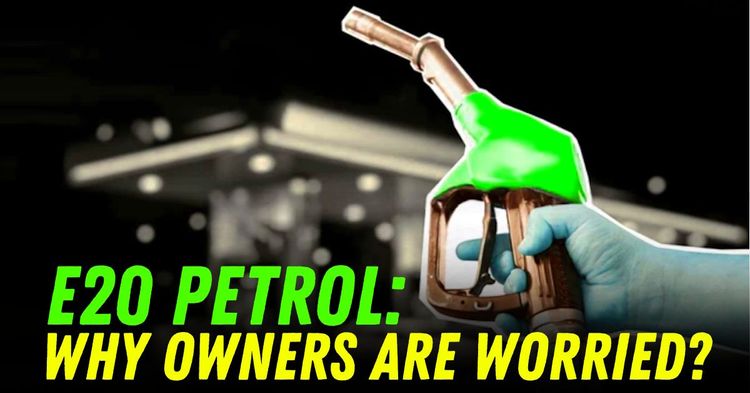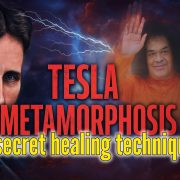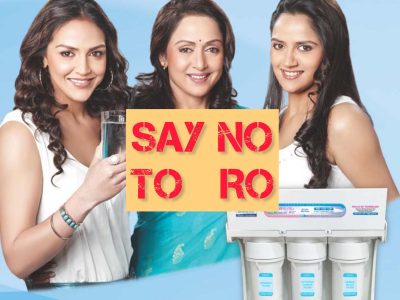For decades, motorists in India filled up their cars and bikes without a second thought. Petrol was petrol. But now, your fuel is coming with a new cocktail – ethanol – and the blend is getting stronger. The Government is racing ahead with E20 fuel – that’s 20% ethanol, 80% petrol – and it’s already at pumps across the country.
The question keeping two-wheeler owners, SUV drivers, and classic car lovers awake at night: Will this stuff harm my engine? Or is it all just scaremongering, fuelled (pun intended) by rumour?
We’ve sifted through global research, Indian government tests, automaker statements, and decades of tropical country experience to bring you the no-spin, high-octane truth. Spoiler: there’s a lot less doom than the whispers suggest – but there are some very real caveats for older machines.
Two-Wheelers: The Everyday Workhorses
If you’re riding a shiny new fuel-injected motorcycle or scooter straight out of a 2023–2025 showroom, relax – it’s been built for E20. Your hoses, seals, and engine control unit are ready for the new brew. Manufacturers like Honda, TVS, and Hero have made sure these engines can sip E20 happily, day in and day out.
But if you’re clinging to a trusty 2005 Pulsar or a well-loved carbureted scooter, you’re in a different story. Those rubber fuel lines? The carb’s tiny seals? They were never meant to tango with ethanol at 20%. At E10 (10% ethanol) they cope fine – India’s had E10 in circulation for years – but E20 can dry out, swell or crack older rubbers, corrode carburettor parts, and even cause rough running.
And here’s the kicker – manufacturers have already warned: use E20 in a non-E20 bike and you could be voiding your warranty. Yes, even if it still rides fine.
Table 1: Two-Wheeler Compatibility with Ethanol-Blended Petrol
| Two-Wheeler Category | E10 (10% Ethanol) Use | E20 (20% Ethanol) Use | Notes & Examples |
|---|---|---|---|
| Pre-2010 Models (Carbureted) | Limited compatibility – safe for E5/E10 but not higher. | Not recommended – expect corrosion and drivability issues. | Older 2-strokes and carbureted bikes most at risk. |
| 2010–2022 Models | Yes – E10 safe. | Mixed – some material upgrades, but calibration often for E10 only. | Mileage drop and rough running possible if ECU isn’t tuned for E20. |
| 2023 & Newer (BS6 Phase II) | Yes – E10 safe. | Yes – fully E20 certified. | Built for it. Stickers and manuals confirm compatibility. |
Four-Wheelers: The Family and Fleet Cars
For cars, the divide is just as stark. Modern BS6 petrol cars – think Maruti’s 2023 lineup, Honda City, Toyota Hyryder – are all E20-ready. In fact, some like Toyota have been quietly E20-capable since 2013.
But rewind to your 2008 Swift or 2015 i10, and the comfort zone is E10. These cars can physically run E20 without exploding, but over years, the ethanol can eat at older rubber seals, fuel pump parts, and hoses, while the ECU might not adjust perfectly, causing leaner running and a slight performance dip.
And like with bikes, warranties won’t save you if you feed an older E10-rated engine E20 and something goes wrong.
Table 2: Four-Wheeler (Petrol) Compatibility with Ethanol-Blended Fuel
| Vehicle Category (Era) | E10 Compatibility | E20 Compatibility | Notes & Examples |
|---|---|---|---|
| Pre-2000 Cars | Partial – older carb/MPFI can handle low ethanol. | Not compatible – expect material and tuning issues. | Vintage cars most vulnerable. |
| 2000–2010 Cars | Yes – most can do E10 fine. | Limited – possible long-term effects. | Avoid E20 unless upgraded. |
| 2010–2020 Cars | Yes – designed for E10. | Mixed – some late models upgraded for E20. | Check manufacturer lists. |
| 2021–2025 Cars | Yes – E10 safe. | Yes – by 2025 all new cars must be E20 certified. | Maruti, Toyota, Hyundai already compliant. |
The Mechanics: What Really Happens Inside
Forget the myths – here’s what the science and lab tests show:
- Corrosion: Metals like steel, aluminium and copper in your fuel system? They don’t corrode significantly at E20. But older rubbers (natural rubber, NBR) and some plastics (nylon-66) can degrade. Modern cars and bikes use tougher materials.
- Engine Wear: Decades of testing, including India’s own 100,000 km E20 trials, show no abnormal wear, no extra carbon deposits, and no oil sludge compared to pure petrol.
- Mileage: Ethanol has less energy than petrol. Expect 1–3% drop with E10, 4–6% with E20 – worse in older bikes, less in modern cars.
- Performance: On a proper E20 engine? No loss in power. In some cases, performance improves thanks to ethanol’s high octane (RON ~108). On an unprepared engine? You might get knocking or rough idle.
Table 3: Technical Effects of Ethanol Blends (E10/E20)
| Aspect | Findings at E10/E20 |
|---|---|
| Material Compatibility | Metals safe; older rubbers/plastics at risk without upgrade. |
| Engine Wear | No abnormal wear or deposits. |
| Power | No loss; can improve with tuning. |
| Mileage | Slight drop – up to ~6% for E20. |
| Starting | No issues in Indian climates. |
What the Government and Carmakers Say
The official line from New Delhi? E20 is safe if your vehicle is rated for it – and they’ve got the data to prove it.
- By April 2025, all new petrol two-wheelers and cars must be E20-certified.
- Fuel pumps must label ethanol content clearly – no more accidental misfuelling.
- BIS fuel standards for E20 mandate corrosion inhibitors and strict quality control.
Manufacturers are on board – but cautious. They’ve made public lists of compatible models, warned against misuse, and in many cases, rolled out upgrades years in advance.
Lessons from Abroad
Brazil’s been running E20–E27 as standard for decades, in a hot, humid climate. No mass engine carnage there – just cleaner air and millions of flex-fuel cars.
The US has lived with E10 for years, tested E15/E20, and found no harm in post-2000 vehicles. Europe? E10 is standard, with premium E5 still available for old classics.
Thailand? It’s rolling out E20 now – and only because all cars since 2008 were built to handle it.
The Verdict: Harm or Hype?
- E10 – Safe for everything on Indian roads except the truly ancient.
- E20 – Safe for all new vehicles, risky for older ones unless upgraded.
- Main enemy – Not the ethanol, but old rubbers, plastics, and ECUs that can’t adapt.
So no, E20 isn’t some engine-destroying demon fuel. But it is a wake-up call: check your fuel cap, read your manual, and if your pride and joy isn’t E20-ready, either upgrade it or feed it the right petrol.
Because in the not-so-distant future, the forecourt choice will be simple: E20 or walk.
SIDEBAR: 5 Myths About E20 – Busted
❌ Myth 1: E20 will destroy my engine in weeks.
✅ Fact: Tests on Indian roads show no abnormal wear even after 100,000 km – if your vehicle is compatible.
❌ Myth 2: All old vehicles will break down on E20.
✅ Fact: Many older cars and bikes can run on E20, but parts may wear faster. It’s about materials, not age alone.
❌ Myth 3: E20 means massive mileage loss.
✅ Fact: Expect 4–6% drop at most – often less in modern engines.
❌ Myth 4: E20 is bad for the environment.
✅ Fact: E20 reduces carbon monoxide and other harmful emissions compared to pure petrol.
❌ Myth 5: No country has done this successfully.
✅ Fact: Brazil’s been running E20–E27 for decades without widespread engine issues.
SIDEBAR: How to Tell if Your Car or Bike is E20-Ready
✅ Check the fuel cap or filler flap – Newer vehicles often have “E20” printed or stickered.
✅ Read your owner’s manual – It will list the maximum ethanol blend.
✅ Look at the year of manufacture – Post-2023 in India? Almost certainly E20-ready.
✅ Ask your dealer or manufacturer – Most OEMs have compatibility lists online.
✅ Check for BS6 Phase II compliance – Mandatory E20 capability from April 2025 onwards.














Comments